According to research from Getty Images, home interiors account for almost 10% of popular visuals, further underscoring the importance of finding the right location in commercial lifestyle photography. With many of us spending more time at home than ever over the last two years, we’ve seen new trends emerge, from the rise in home offices to the surge in sunrooms and three-season porches. As brands adapt to their customer’s shifting values, priorities, and lifestyles, beautiful and relatable locations will continue to be in demand.
In this article, we’ll cover a few ways to go about securing the perfect photo spots for your Licensing portfolio. With any and all commercial photoshoots, you will need a property release for any recognizable privately-owned properties, including homes, gardens, workspaces, and more. Releases can be signed by the owner, manager, or tenant of the property. Let’s dig in.
Tip #1: Enlist family and friends
Start with your network and community, and consider the living spaces and workplaces of friends and family members. These “lived-in” locations often lend photographs a sense of authenticity that’s hard to fake, so lean into the owner or tenant’s personal style and taste.*
Lately, we’ve seen a trend toward cozy, maximalist living spaces, signaling a departure from the super clean and minimalist aesthetic of yesteryear. (On Getty Images, for example, customer searches for “minimalism” have declined over the last year). Take advantage of gardens and backyards for lifestyle shoots too; you can set up some Edison bulbs for a dinner outside, or document a get-together between friends (just make sure to get all your model releases).
Finally, if you have friends or relatives in a specific line of work, look into organizing a shoot at their workplace, from medical or veterinary clinics to restaurants or yoga studios. The ability to connect with, and photograph, places that would otherwise be hard to access will help give your portfolio a competitive edge.
*While touches of character are always welcome, artworks, including sculptures and paintings, distinctive designer furniture, and even recognizable designer patterns, will require a property release from the creator. If obtaining one isn’t possible, exclude that object from your shoot.
Tip #2: Explore rental options
Even if you run out of luck with your circle of contacts, rentals are always an option, with Airbnbs offering that same authentic vibe you’d get from shooting in a friend’s house. Discuss the possibility of organizing a photoshoot right off the bat; many owners will be happy to sign a property release once they understand the basics of Licensing, while others might not be a good fit for what you want.
When scouting and browsing rentals online, there are some key things to consider. The first is the overall styling and aesthetic of the space, which should fit with your concept and mood board for the shoot. The second is light; consider the natural light possibilities of the location, including large windows or sliding doors, and take the direction they face into account. Use an app like PhotoPills to determine the perfect time to shoot based on your exact location; the atmosphere in the same room can change dramatically from mid-day into the golden hours and then the blue hours around twilight.
Additionally, an open concept floor plan can give you more flexibility to move around and change your angles during a photoshoot, which is key when shooting for Licensing. For lifestyle shoots, comfy and spacious bedrooms, living rooms, and kitchens provide excellent backdrops for your models.
You might also choose a room with a neutral color palette for more options, though pops of color are ideal for breathing life into a space. Heading into 2022, trending colors include periwinkle blues and shades of green. Houses with outdoor spaces, like yards and gardens, also provide a significant bonus for commercial photographers.
One last thing about rentals: check the parking and accessibility beforehand, both for yourself and your models. Look for places that are easy to find and don’t require complex directions. You also don’t want to be lugging heavy gear up and down flights of stairs, so check for an elevator, and make sure you have a plan to get in and out easily.
Tip #3: Connect with local businesses
Here’s another finding from research conducted by Getty Images: 82% of Americans are shopping at small businesses as much or more than they did prior to the Covid crisis. Meanwhile, image-buyers are looking for visuals that reflect the small business experience, using search terms like “shop local,” “support small business,” and “sustainable small business.” In 2021, searches for “small business owner woman” and “Black small business owner” were also trending, as consumers became more intentional about the brands they choose to support.
Do some research on the small businesses in your area, and see if you can reach out to the owner of a cafe, boutique, or shop. Some might be willing to trade time and access for a discount on professional photography, which they can then use for their marketing materials. Just make sure you explain commercial Licensing to them beforehand so they understand how a property release will work: your photos could be bought by a number of different clients, who will then use them in their own advertising and communications.
One benefit of working with a local business is that the owner and staff might be more than happy to represent their brand and be your models. They’re already comfortable with the space, so ask if you can document their everyday activities, from preparing products to packaging them for customers. By capturing real, organic moments, you’re likely to get more authentic photos than you would with professional models. If they agree, they’ll need to sign a model release.
One thing to keep in mind: local businesses will often have visible branding, signage, logos, or other intellectual property issues that could ruin an otherwise successful commercial shoot. If you’re allowed to style the space a bit before the shoot, you can remove these details, or you can use creative framing to keep them out of your shots. If intellectual property issues are very minor, you might also be able to remove them in post-production. The best business-themed shoots are often the most versatile, so think of ways to make your shots appeal to a variety of brands and companies.
Tip #4: Get outdoors
Of course, not all photoshoots need to take place indoors, and public spaces have the added benefit of not requiring a property release. Parks and hiking trails are perfect for lifestyle shoots, especially as people emerge from the pandemic with a renewed focus on connecting with the natural world. Even as technology has become more essential to our daily lives, our desire to “unplug” has remained, and that’s been reflected visually; in 2019, searches on Getty Images for “digital detox” trended far beyond expected, rising by 153%.
The only potential downside of working in public, outdoor spaces would be the crowds, so choose a low-traffic spot, or schedule your shoot for a time when you’re unlikely to get passersby in your images. It’s always a good idea to scout your location, ideally in-person but also over Google Maps, where you can look for unique vantage points and plan the logistics (driving, GPS, parking, walking, and so on).
You might also use an app like ShotHotSpot to discover photogenic locations, whether you’re looking for hidden gems in your hometown or planning a trip somewhere else. Check out your local tourism office for walking tours or brochures. Finally, feel free to check social media, including 500px and Instagram, for locations. It can help to browse images with specific hashtags relating to your area or neighborhood. Your models and collaborators might also have places in mind, including parks or overlooks where they like to spend their free time, so include them in your brainstorming.
Tip #5: DIY
Finally, consider your own space! With unique trends in DIY home decor popping up throughout the year, from reclaimed wood shelving to macramé wall pieces, there are countless ways to jazz up your apartment for a cozy, authentic photoshoot. Set aside a craft day, or ask your friends to help you rearrange and redecorate.
If you’re a portrait photographer, you can set up a simple backdrop in any room with ample wall space; just move your furniture out of the way, and get creative with seasonal props and accessories. Still life photographers can get away with a window for natural light and a clean tabletop. Keep an eye out for our upcoming article on creating an at-home photo studio on a budget.
Not on 500px yet? Click here to learn about Licensing with 500px.

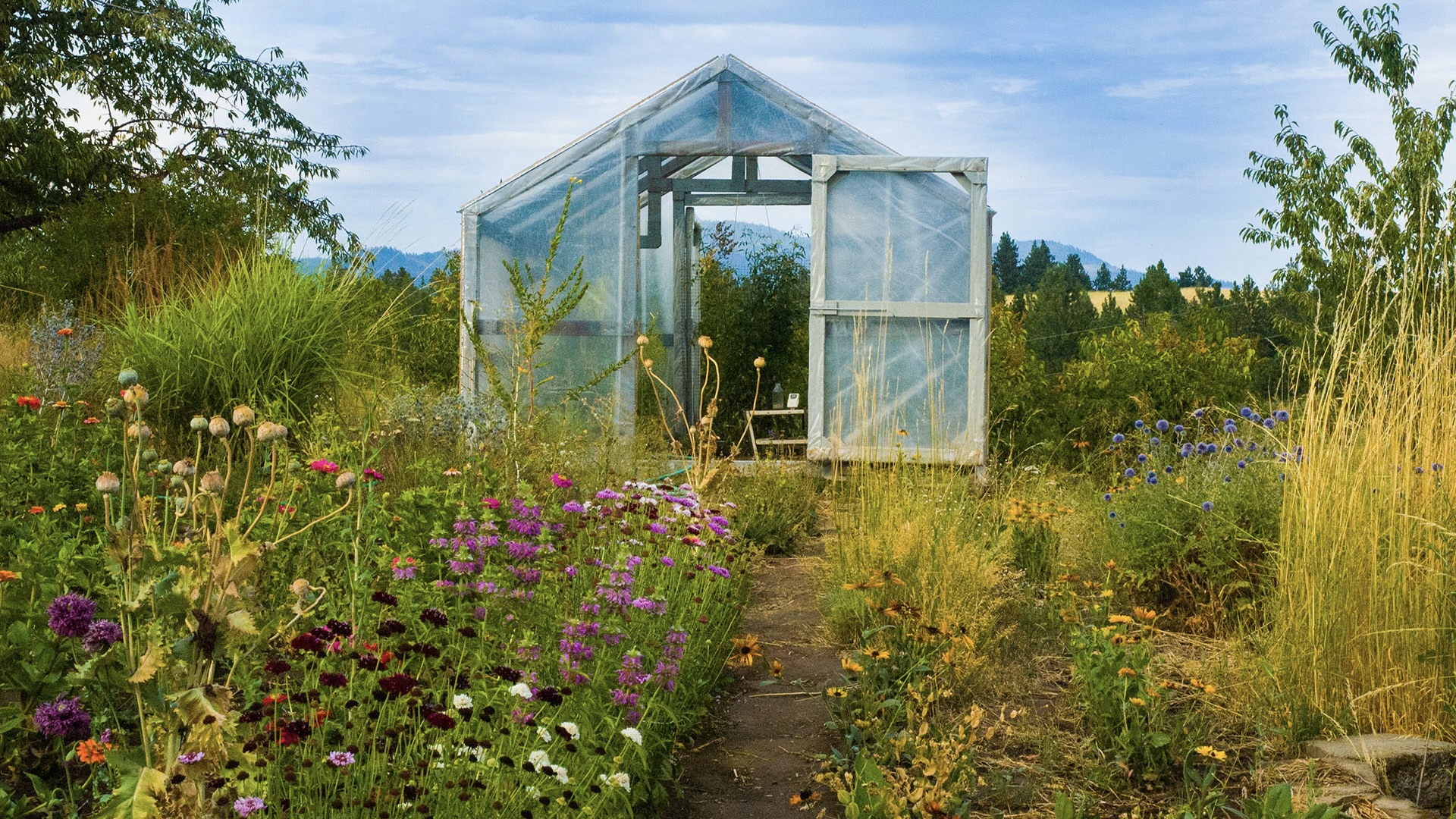
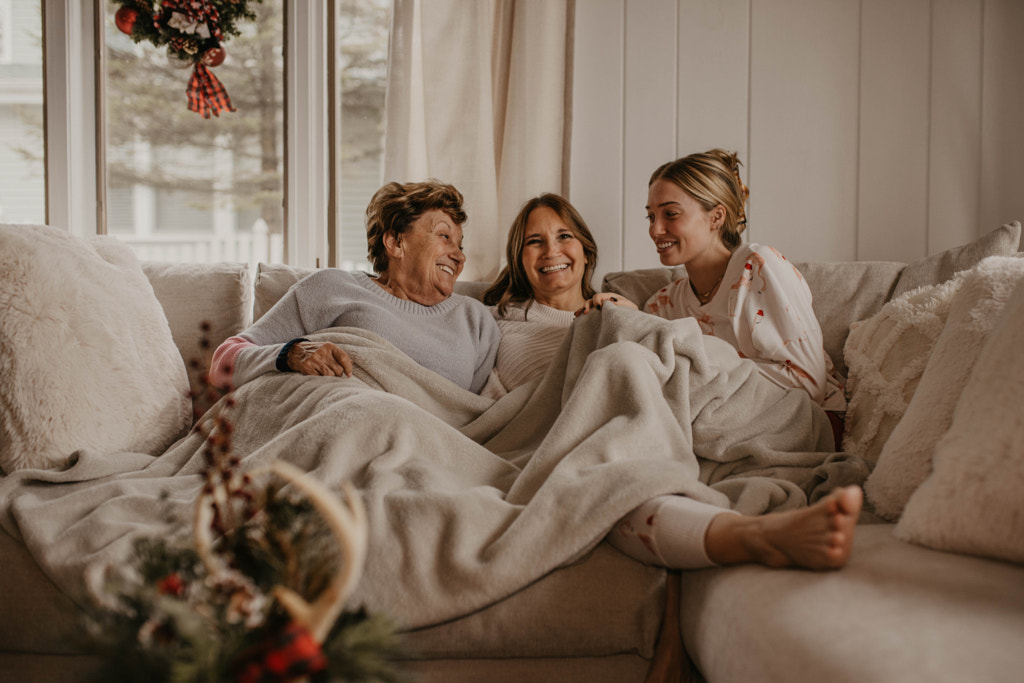

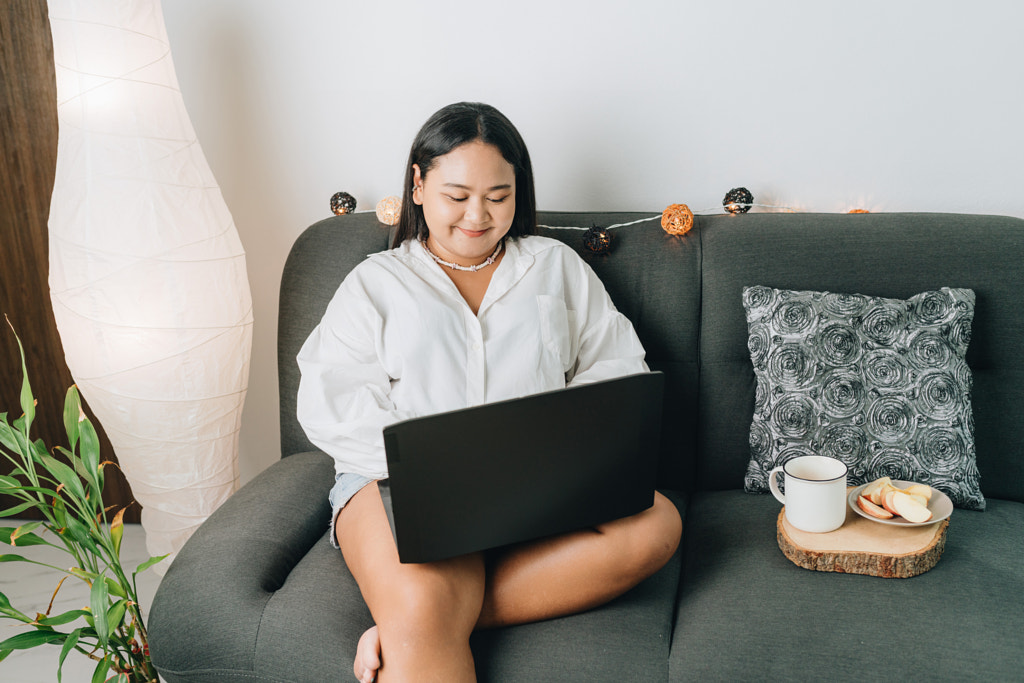

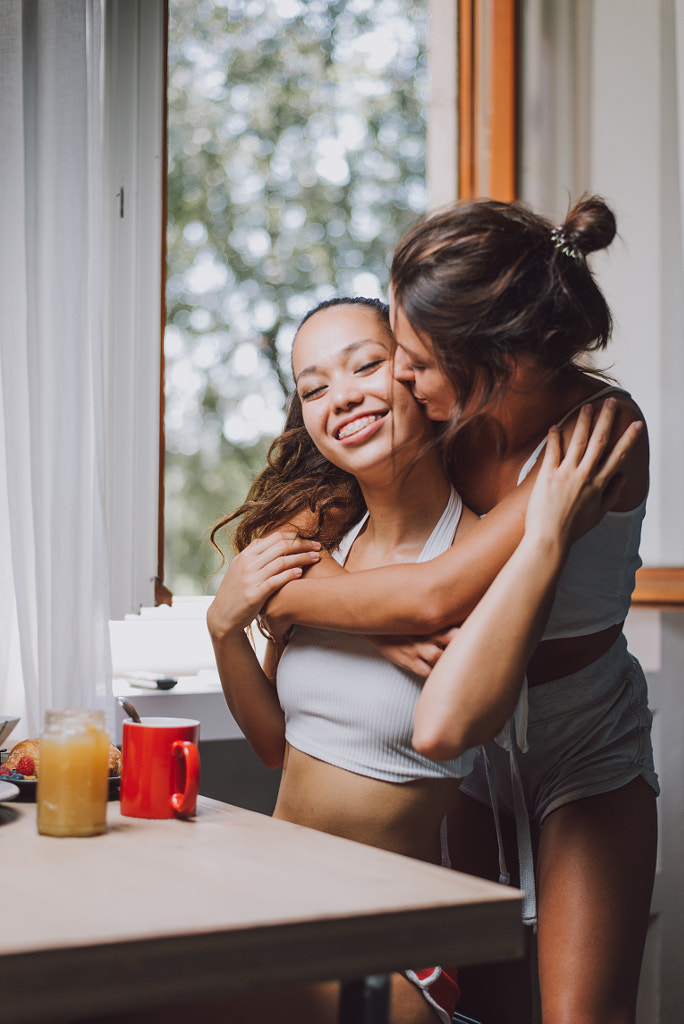

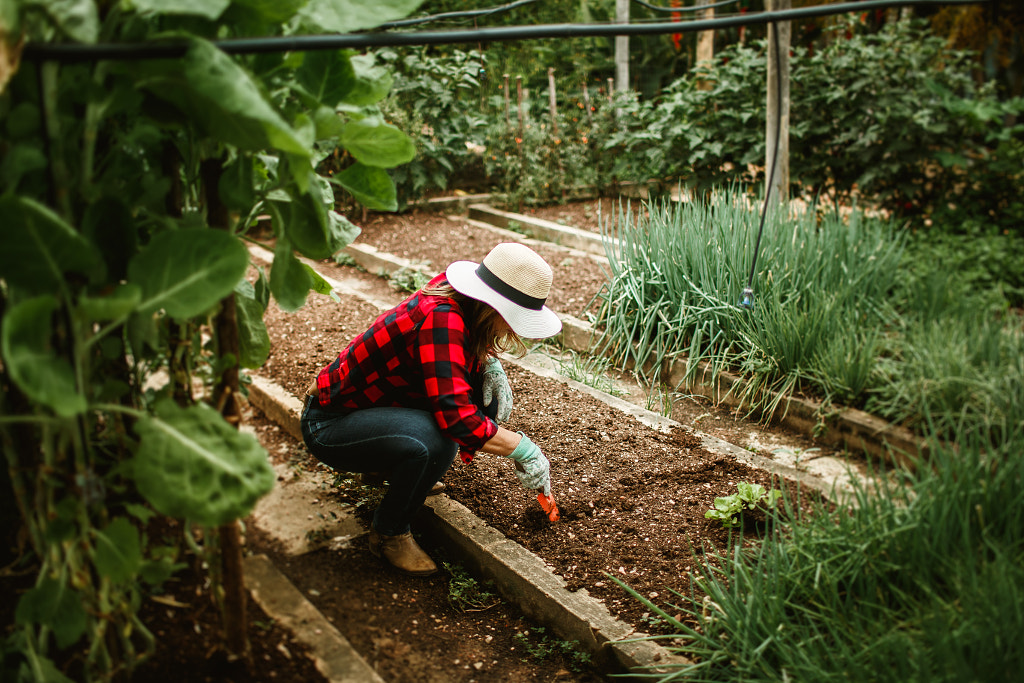
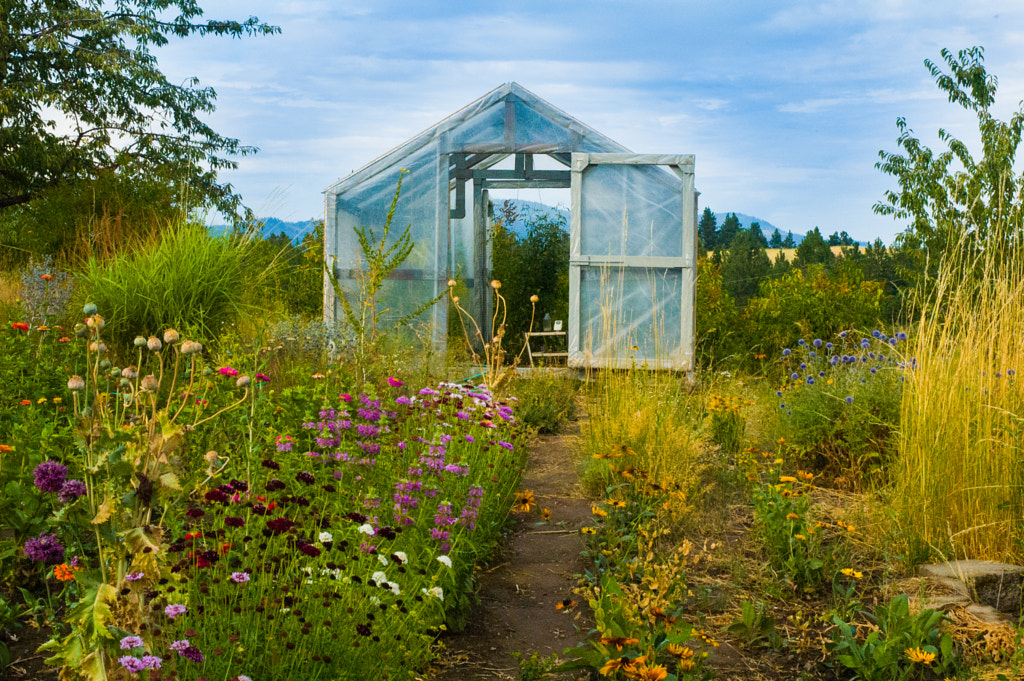

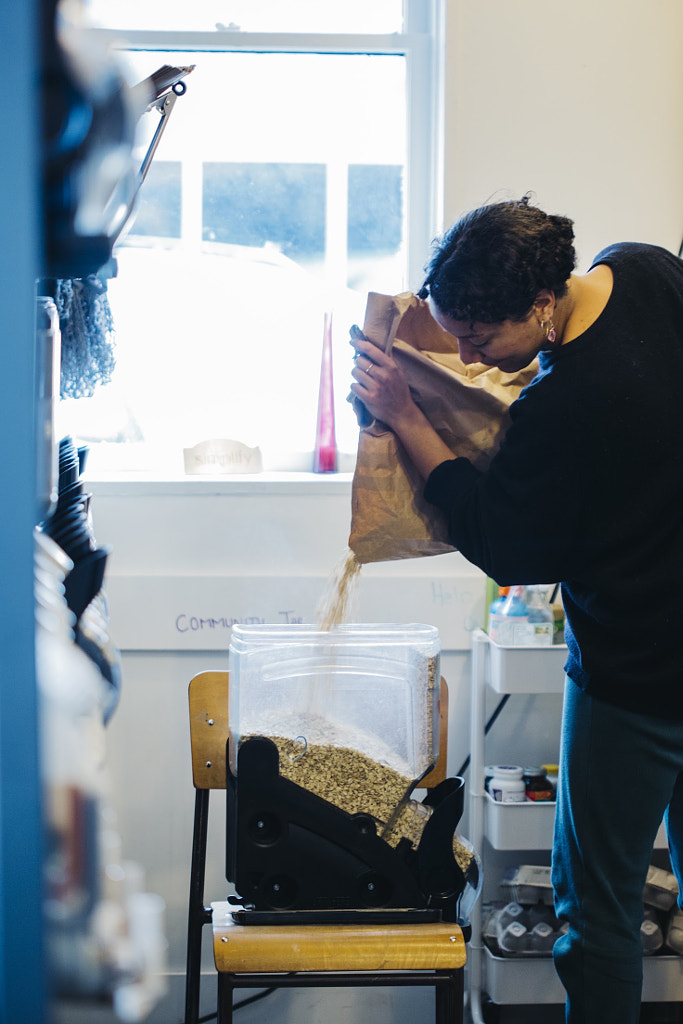
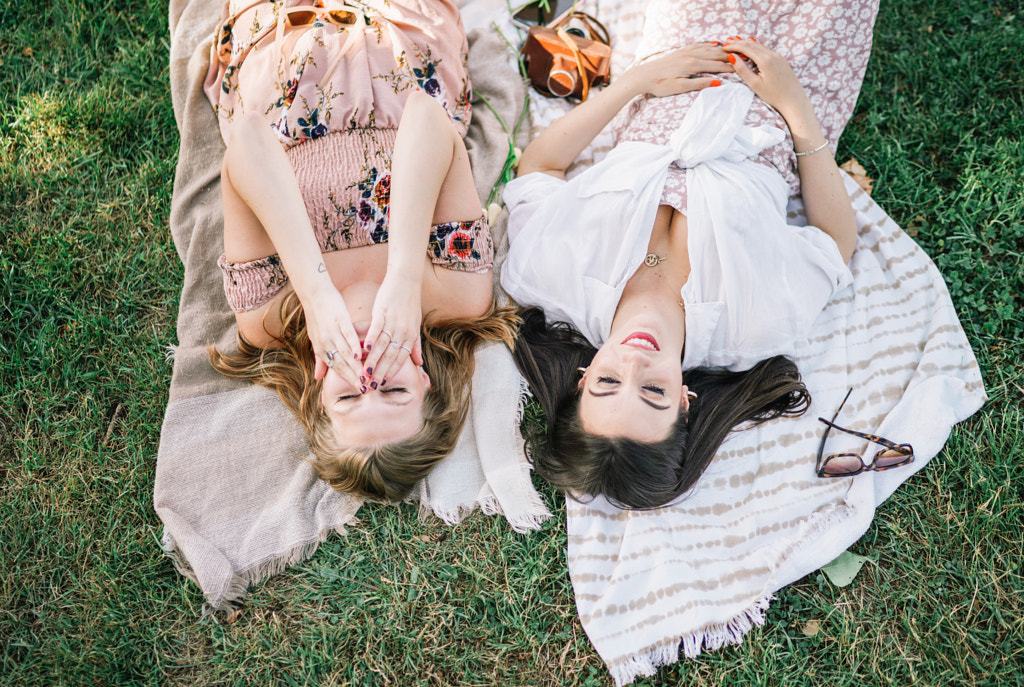
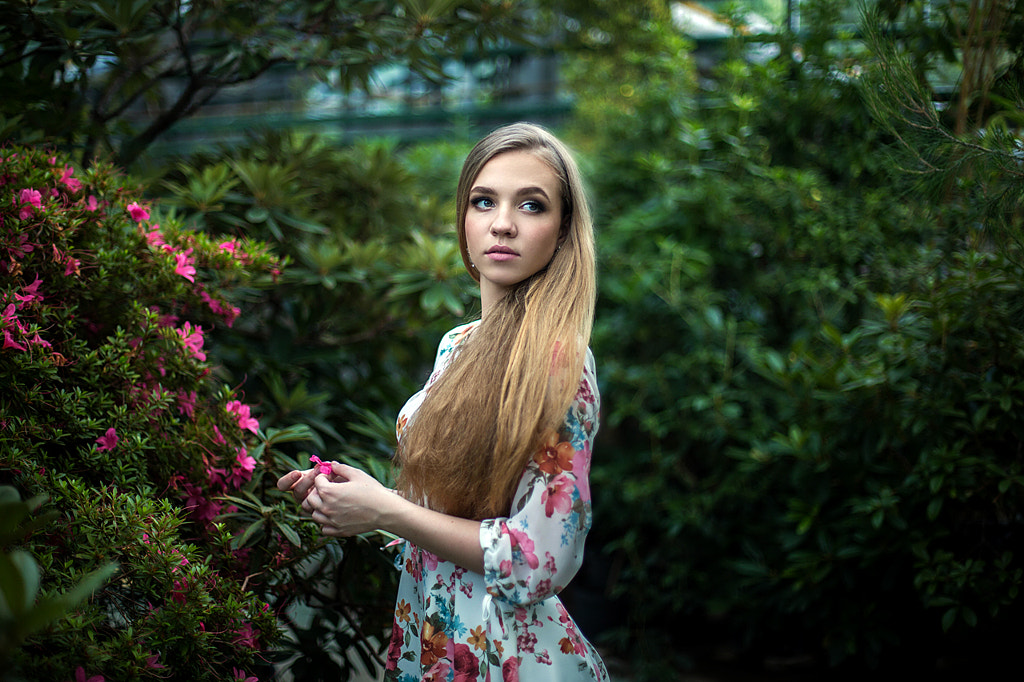
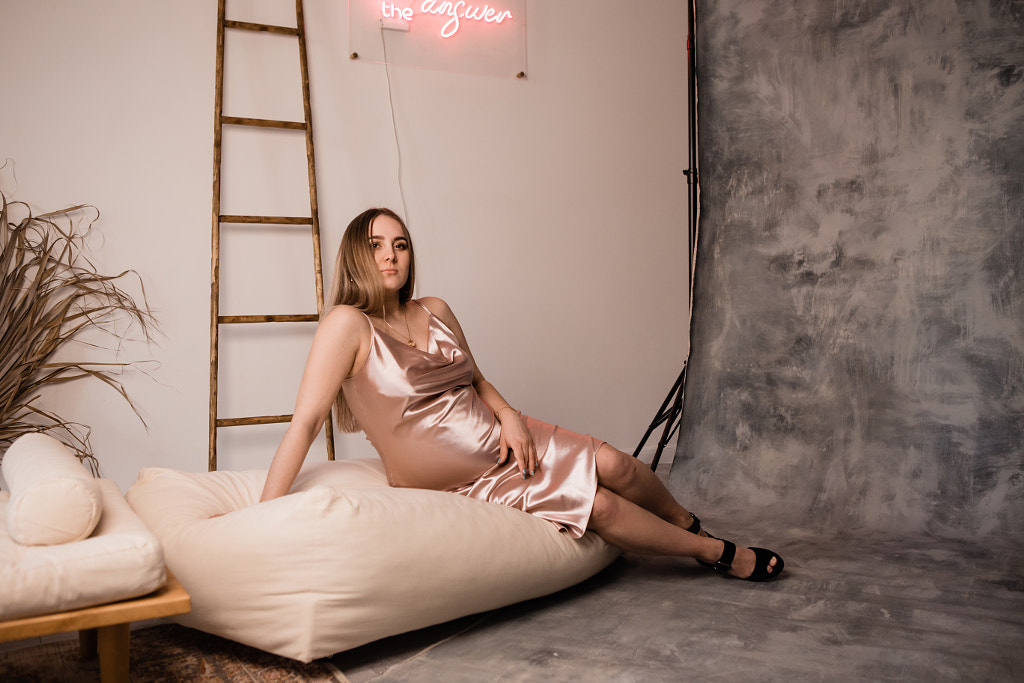


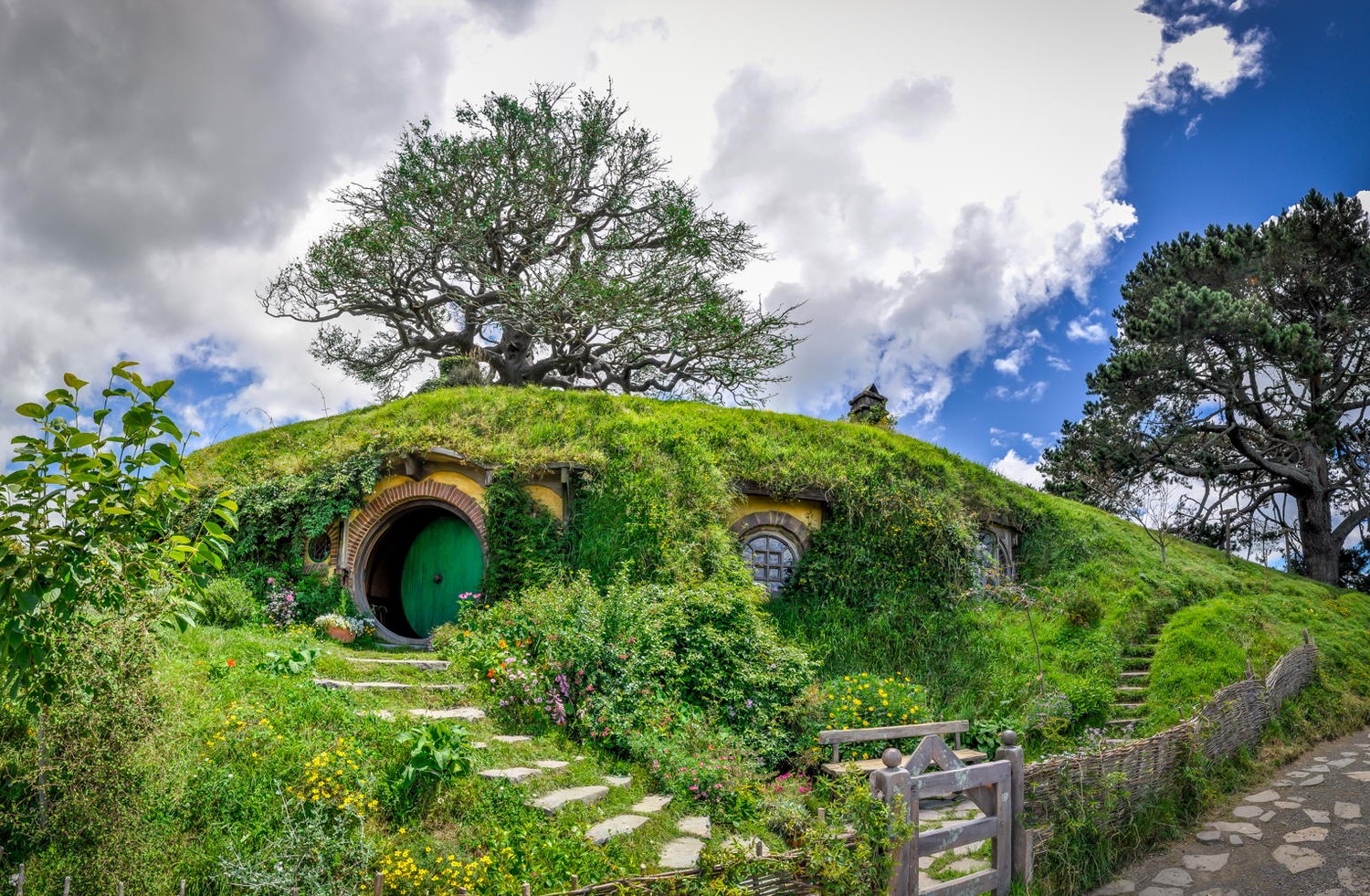
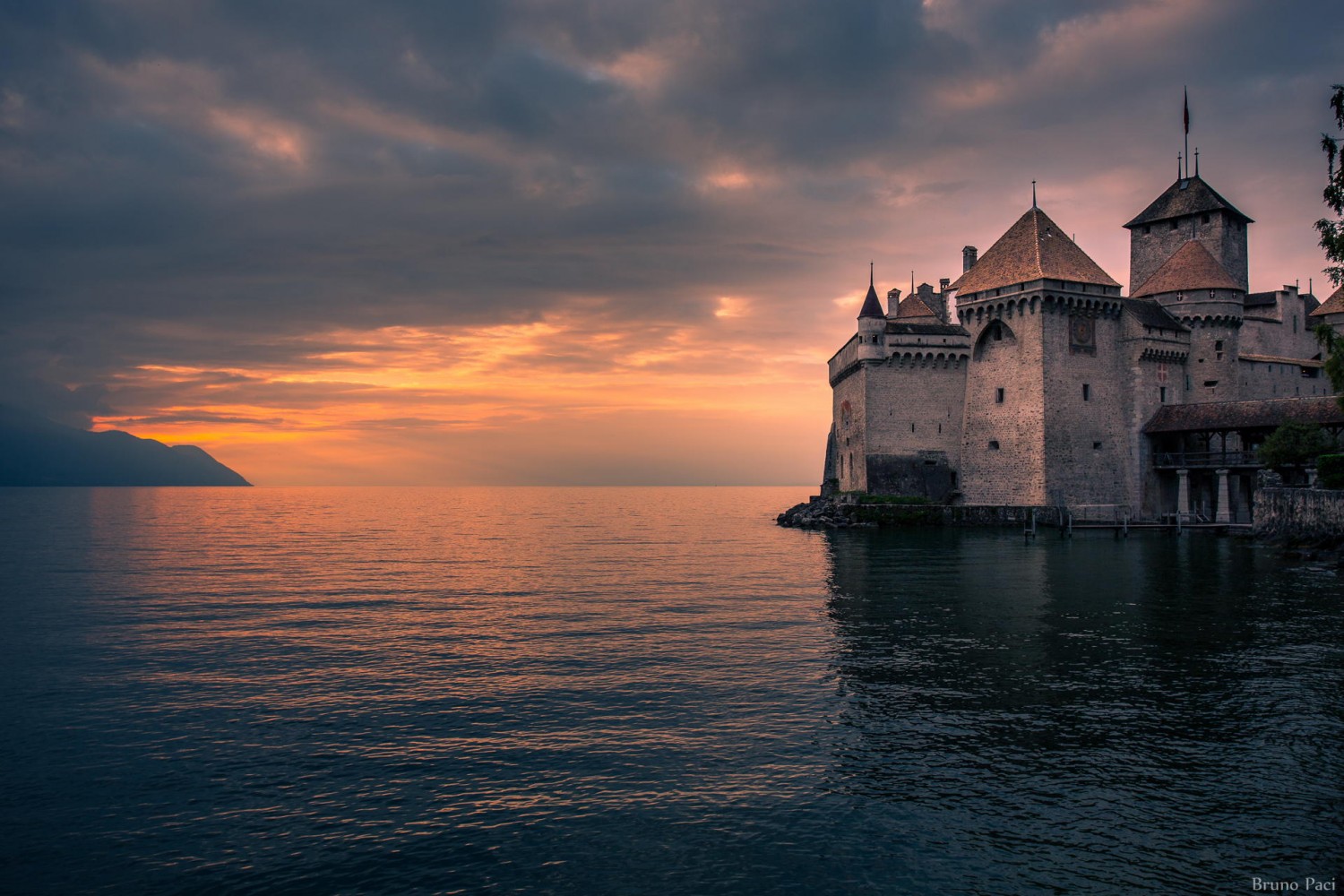

Leave a reply